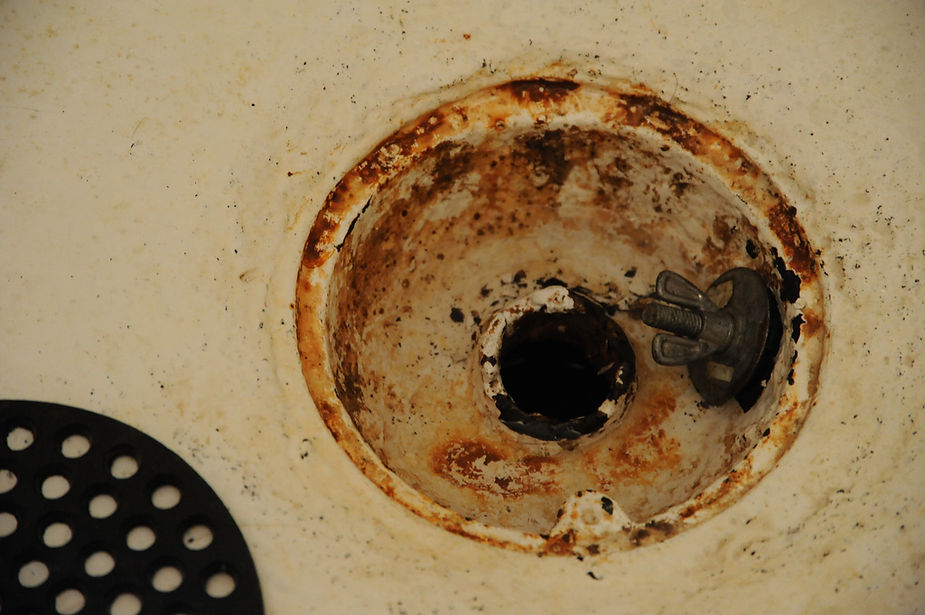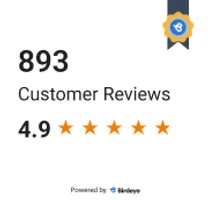
by Omaha Drain(402) 740-1777http://www.omahadrainservice.com
If there’s one thing you don’t want to see when you walk into your basement or garage, it’s two inches of water flooding the floor. Another thing you don’t want to happen is having multiple drains in your house clog at once. If either of these things happened to you, your floor drain is probably clogged.What is a floor drain? A floor drain is the main drain in the lowest part of your basement. It’s job is to collect water and run off from appliances.What do you do when it gets flooded?1. Stop using all the water in your house: The floor drain is the main drain in your house. This means that all of the water you use eventually passes through your floor drain. Since this is the case, any water you use anywhere in your house will further flood your basement
2. Clear away excess water:If standing water isn’t cleaned up right away, mold can start to grow after just a couple of days. Mold usually isn’t covered by insurance, so make sure you don’t leave your basement soaking wet.
If the floor is concrete or any other hard surface, you can use old towels and a mop.If the flood water made its way to a carpeted area, you can clean up with a wet/dry vacuum (shop vac), old towels and fans. Note that the subfloor could have gotten wet if the water hit carpet or hardwood, so make sure the whole area is completely dry.
3. Clear out the drain trap Use your shop vac to suction out debris and excess water. For a smaller clog or a clog closer to the opening of the drain, this may be enough. If you don’t have a shop vac and your neighbor refuses to lend you his, you can rent one at your local hardware store.
4. Plunger When using a plunger on a floor drain you have the added advantage of a smooth, easily accessible drain opening that you may not get in a sink or a toilet. Take advantage of that, and use some petroleum jelly (Vaseline will do) to line the edge of the plunger to get a good seal around the drain opening. Forcefully depress the plunger several times, then slowly pour boiling water down the drain to clear away excess sediment. Be careful pouring the water in case the clog persists.
5. Electric snake Clogs in floor drains can be particularly stubborn because of the different appliance run-offs and sediments they collect. The floor drain collects all kinds of runoff from appliances, dirt, grime, hair, lint, soap scum and much more.Since it is responsible for so much runoff, the clogs can be difficult to manage. That being the case, you’ll likely need an electric snake, which you can rent at the hardware store.
Safety first! Make sure you wear work gloves and safety goggles when using the following appliances to prevent injury.
An electric drain snake works similar to a manual drain snake. Below is a step by step guide on how to use it:• Make sure you plug it into a grounded plug. If you need to, use a grounded (three prongs on the plug) extension cord. • Remove the grate with a screw driver• Place the end of the drain snake cable into the drain hole. • Feed the cable into the hole using the automatic feed option. There will likely be a pedal to place your foot on to work the automatic feed. • You may feel some resistance, which is normal, however, if the cable stops completely, turn the machine off and manually work the cable into the drain. Continue working the cable into the drain gradually, turning the machine on and off as needed until the clog is cleared. • It’s important not to force the cable into the drain too quickly, or the cable will coil in one spot and get jammed. If the machine has a safety feature, it may automatically switch off if the cable becomes immobile.• You will know when you’ve reached the clog when the cable reaches a point where there is a lot of resistance. Once you reach this point, let the drain snake coil back and forth in this spot. • Move the cable back and forth in that spot until the clog is freed. It may take a while, be patient and be careful not to move to quickly, otherwise the clog may be forced further into the drain.• Slowly pull the cable out of the drain using the reverse feed function.• Rinse sections of the cable off as you pull it out. If necessary, manually pull the clog off of the cable.
Note: Electric drain snakes are useful because of their power, but they are also dangerous. Make sure you read the instructions carefully before you use one, and adhere to all safety precautions recommended by the manufacturer.

6. Call a professionalDepending on how bad your floor drain clog is and the structure of your house, you may need to call a professional drain cleaner to help you out. This is simply because in some cases, a lot of specialized tools and knowledge may be needed to clear the clog out properly, especially with floor drains.


%20(1).avif)






